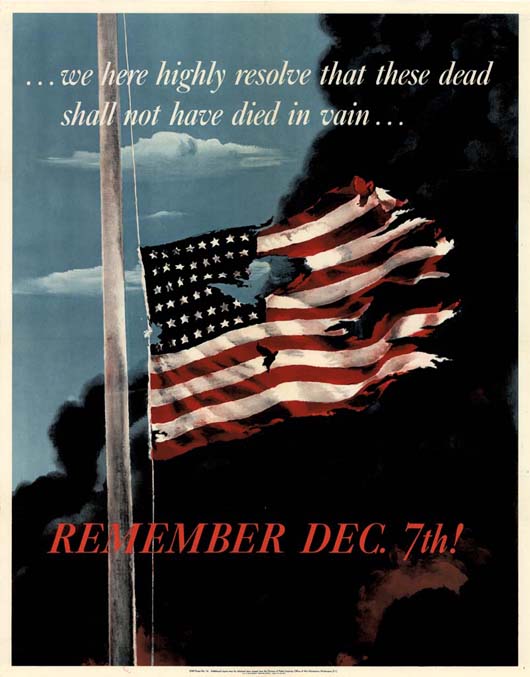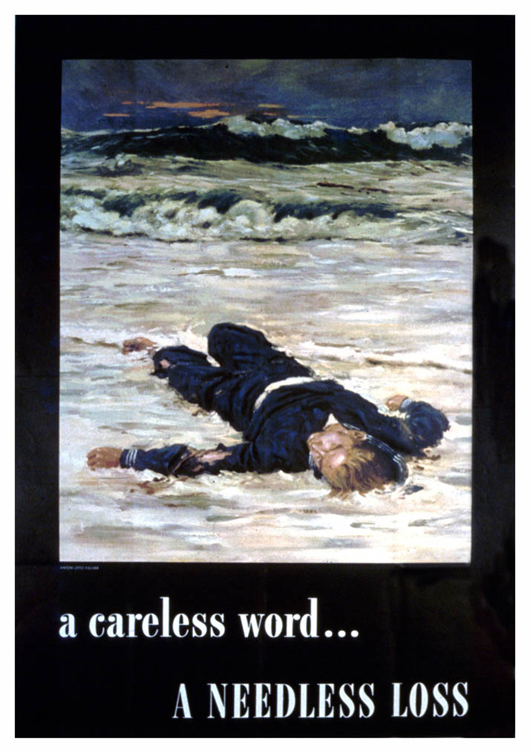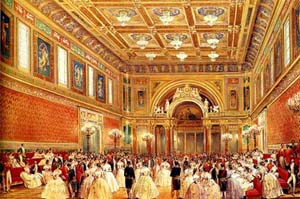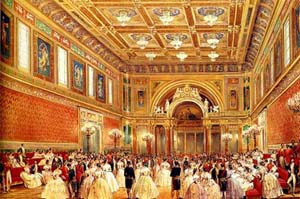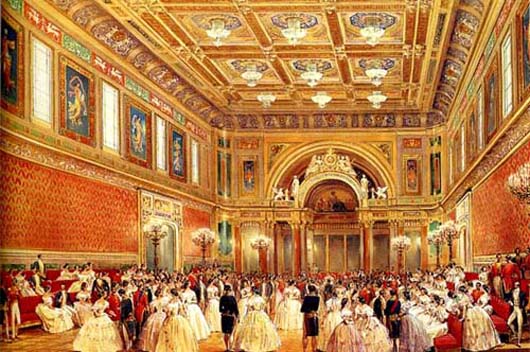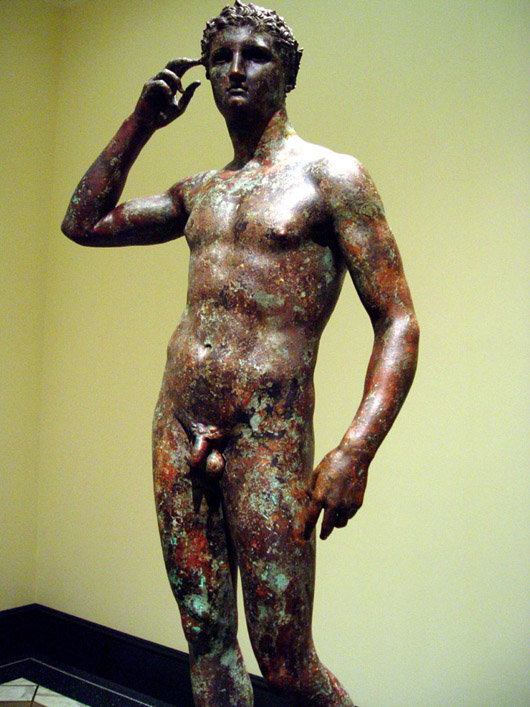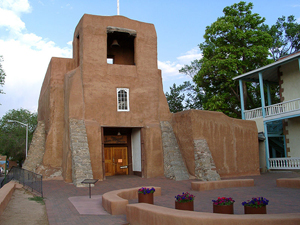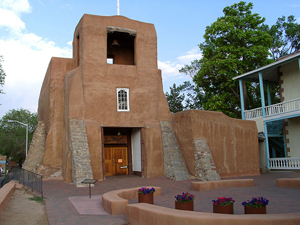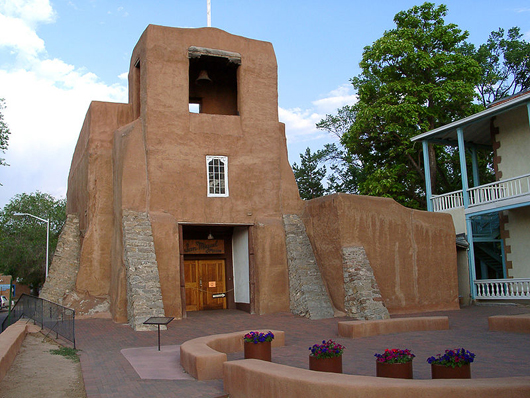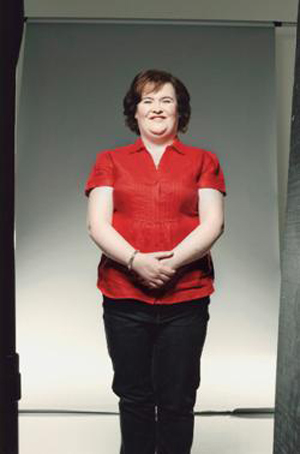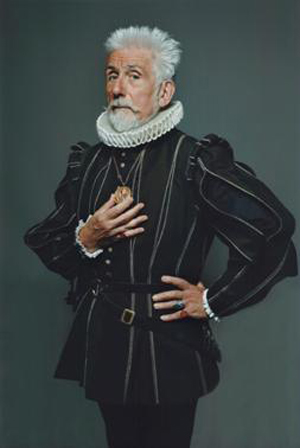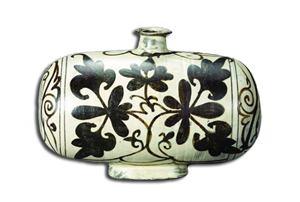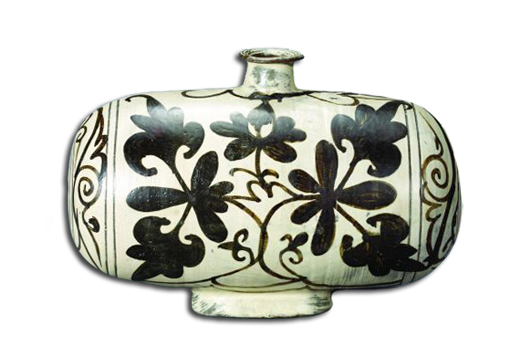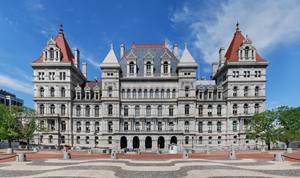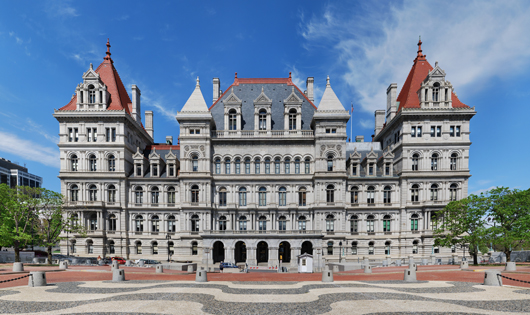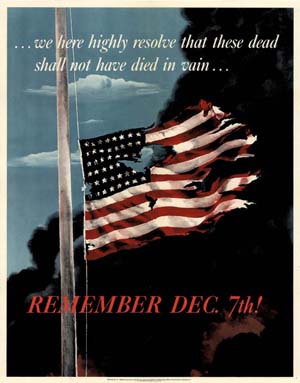
Somehow, 346 flimsy World War II propaganda posters that sat in a box for 66 years still look brand new.
“They’ve never seen the light of day,” said Vernon Rader. The posters from the 86-year-old retired Procter & Gamble art director’s recently downsized collection are on display, for sale and up for auction at Humler & Nolan auction house in Cincinnati.
“These posters were folded before they left the printing plant, laid flat in a box and never displayed,” Rader added. “That’s why their colors look so vivid.”
The word “vivid” also describes the posters’ graphic images and messages. They contain:
Warnings about loose lips sinking ships. A sailor’s lifeless body washes up on shore as a ship sinks on the horizon on a poster declaring: “a careless word . . . A NEEDLESS LOSS.”
Subtle sales pitches to buy war bonds. A Renoir-esque rendering of a farmer in a field of wheat near the words: “Our Good Earth . . . Keep It Ours, BUY WAR BONDS.”
Recycling hints. The mantra “use it up – wear it out – make it do” headlines a scene of a woman patching a pair of pants.
Reminders of revenge. A huge fist shakes above “Avenge December 7” as the words loom over the outline of the battleship USS Arizona exploding at Pearl Harbor.
Demonic depictions of the enemy, which in today’s sensitive light appear politically incorrect. Beneath the words, “Factory FIRES help the JAPS,” a burning plant sends up fiendish flames bearing a strong resemblance to the face of Japan’s vile Prime Minister Hideki Tojo.
Scenes of war’s aftermath. A sailor leans on his crutches to say: “Take it from me, brother – WE’VE STILL GOT A BIG JOB TO DO!” The sailor has but one leg.
“The government made these posters to be hung in public places,” Rader said. “I remember seeing them in post offices and barber shops and on factory bulletin boards in my little home town in North Carolina before I went off to war.”
Rader, of Mount Auburn, served during World War II in the Army’s Transportation Corps. He saw action during “20 overseas crossings.” He made it back in one piece, enrolled in the University of Cincinnati’s industrial design department and spent 40 years at P&G.
He came across the posters early in his career with the hometown industrial giant. A salesman, Rader recalled, came into his office and “noticed the stuff I had collected on my shelves.”
The salesman told the art director he knew someone “back East” with a huge collection of old World War II posters. Was he interested?
Rader was. A deal was struck. The posters, all 346 of them, arrived in one box. Rader initially offered to pay $30. But when he saw how much postage the guy had spent to ship the box, he wrote a check for $45.
“That was good money for those kind of posters in the early ’60s,” Rader said.
Today, these posters are garnering even better money.
“World War II posters in good shape can be priced from $200 to $3,000,” said Carol Leadenham, an archivist at Stanford University’s Hoover Institution. The institution possesses 100,000 propaganda posters, the largest holding of its kind in the world.
“Finding these kind of posters in good condition is not common,” she said. “Finding this many posters in good condition is rare.”
Fifty years ago, when Rader bought 346 posters for $45, “not many people were collecting these old things,” Leadenham noted.
“Museums were throwing them out. They were printed on thin, cheap paper, a cut above newsprint. They weren’t designed to last more than a month and then they were supposed to be thrown away, replaced by the next poster. Many institutions considered these works to be beneath them.”
One institution’s trash, however, is the Hoover’s treasure. “We’ve been holding onto paper ephemera since 1919,” Leadenham said.
Most of Rader’s 346 posters were produced by the Office of War Information. All of them were printed between 1942 and 1945.
“The office commissioned many of the most famous commercial artists of the day,” Leadenham said. Names on the posters have lost much of their fame, except for Norman Rockwell.
“These posters were designed to have an effect on people,” Leadenham said, “to make them do something – Buy War Bonds! – or think bad thoughts about the enemy or remember our values.”
The Office of War Information placed its posters into five categories, the five Ns: The nature of our Allies. The nature of our enemy. The need to work. The need to sacrifice. The need to fight.
All five categories are represented in the holdings of the Hoover Institution and Rader’s collection.
Both have Rockwell’s famous Four Freedoms – “Freedom of Speech,” “Freedom of Worship,” “Freedom from Fear” and, the much-parodied Thanksgiving dinner table scene accompanying “Freedom from Want.” A set of four, original, 28-by-40-inch posters can be had on eBay for $3,000.
At Humler & Nolan’s June 4 auction, other Rockwells are estimated to fetch as much as $1,800 each.
Examples from the Office of War Information’s “This is the Enemy” series cross the line of political correctness.
One dark-toned and dark-themed “This is the Enemy” poster features a Nazi’s hand clutching a dagger stabbing a Bible. Others feature Japanese soldiers “whose features make them look like bugs,” Leadenham said.
“You have to put these posters into context,” she added.
“This is not to say the images are nice. But you have to understand what was going on back then. We were at war. American troops were being tortured. And killed. These posters reflected emotions the country felt.”
Rader recalled the emotions the posters stirred in him.
“They got you worked up,” he said. “Those posters reminded you what we were fighting for. They made you want to buy war bonds.”
He paused.
“I wonder why we don’t have posters like this today,” he said. “They might help us pay for those wars we are waging overseas.”
___
Information from: The Cincinnati Enquirer,
http://www.enquirer.com
Copyright 2011 Associated Press. All rights reserved. This material may not be published, broadcast, rewritten, or redistributed.
AP-ES-03-26-11 1704EDT
ADDITIONAL IMAGES OF NOTE
